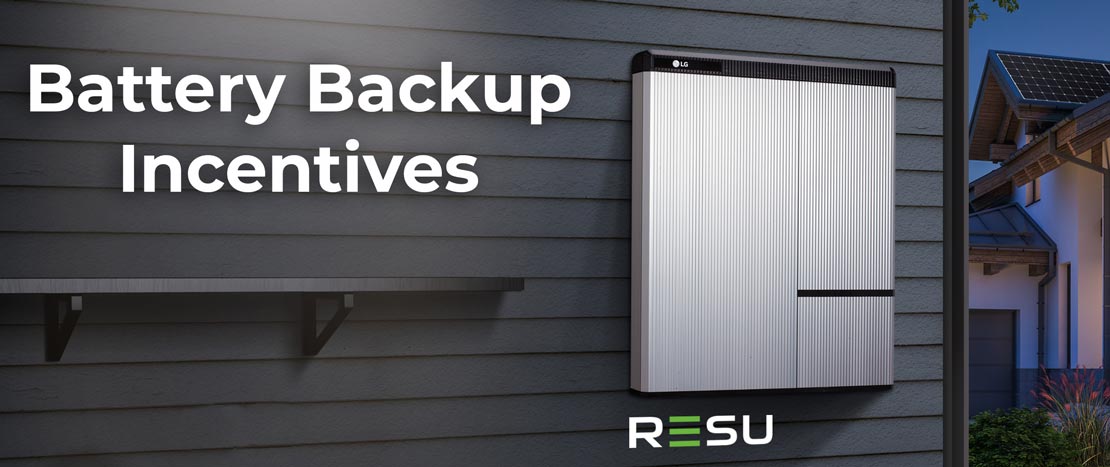A battery backup system tied to a solar system qualifies for two key incentives. One is from the IRS and the other is from the Maryland Energy Administration. Both act as tax credits and can cover more than half of the battery backup system, making it much more cost-effective than traditional generators. While battery technology is improving every day, the incentives step down at a faster rate, so the sooner you get your battery system up and running, the better.
Before we dive in, let’s have a little disclaimer:
We’re solar and battery gurus, not tax gurus. We offer this guide as basic instruction only and do not mean it as professional tax preparation advice. For specific tax-related questions or issues, we recommend consulting a certified tax preparation specialist or CPA.
It is important to note that this is a tax credit. If you do not have a tax liability, then you cannot claim the credit against a liability. If your lack of tax liability is temporary, the tax credit can roll over from year to year.
Can I get the Solar Tax Credit for Batteries in a different Tax Year?
The quick answer is yes. It will be more cost-effective to do it all at once, but the solar tax credit can apply if installed at a later date. In 2018, a married couple asked the same question and the IRS published a ruling (#201809003, 3/2/2018, https://www.irs.gov/pub/irs-wd/201809003.pdf). The couple asked if the IRS considers the batteries to be “qualified solar electric property expenditure” and if so, if it would still be considered “when installed in a taxable year after the taxable year in which the installation of… other Solar Energy System Components [were] completed”.
The IRS ruled that the battery backup systems qualified for the solar tax credit as long as the battery power came from the solar system and not the grid. Additionally, the letter states, “Earlier installations of qualifying property do not affect the availability of the credit for qualifying property in later years”.
As a continued disclaimer, this was a married couple, filing jointly, requesting a tax credit in the year following their initial residential solar installation. Some have misinterpreted the ruling in this very specific scenario, but most feel that the language is clear on both counts and applied broadly. You can read a clarifying article and the actual letter.
Maryland Battery Backup Incentive
Maryland also offers a tax credit of 30% of the total installed costs of the energy storage system up to $5,000 for a residential property; or, up to $75,000 for a commercial property.
Maryland approved the tax credit through 2022, however, there is a set amount available on a first-come first-served basis. In 2020 that is $750,000, with the state reserves at $300,000 for residential taxpayers and $450,000 for commercial taxpayers.
There are many things you need to do to qualify. The major ones are:
- Be a Maryland taxpayer.
- If for a home, it must be for a primary residence.
- This is a one-time, per property incentive, so you can’t claim it later if you upgrade the system.
- Qualifying equipment and installation (Don’t worry… we’ve got those covered).
The Maryland Energy Administration lists more battery incentive requirements on its website.
Just like the federal tax credit, this is a credit and only applies to Maryland State Income Tax Liability. If you have no state tax liability, you cannot use the credit.
Summing Up the Federal and Maryland Battery Incentives
In 2023, this adds up to a whopping 60% combined tax credit for a qualifying battery storage system. That is a significantly lower cost than a traditional generator with the added benefit of no traditional fuel source, no regular maintenance, and the potential to be off-grid indefinitely in extreme emergencies.


